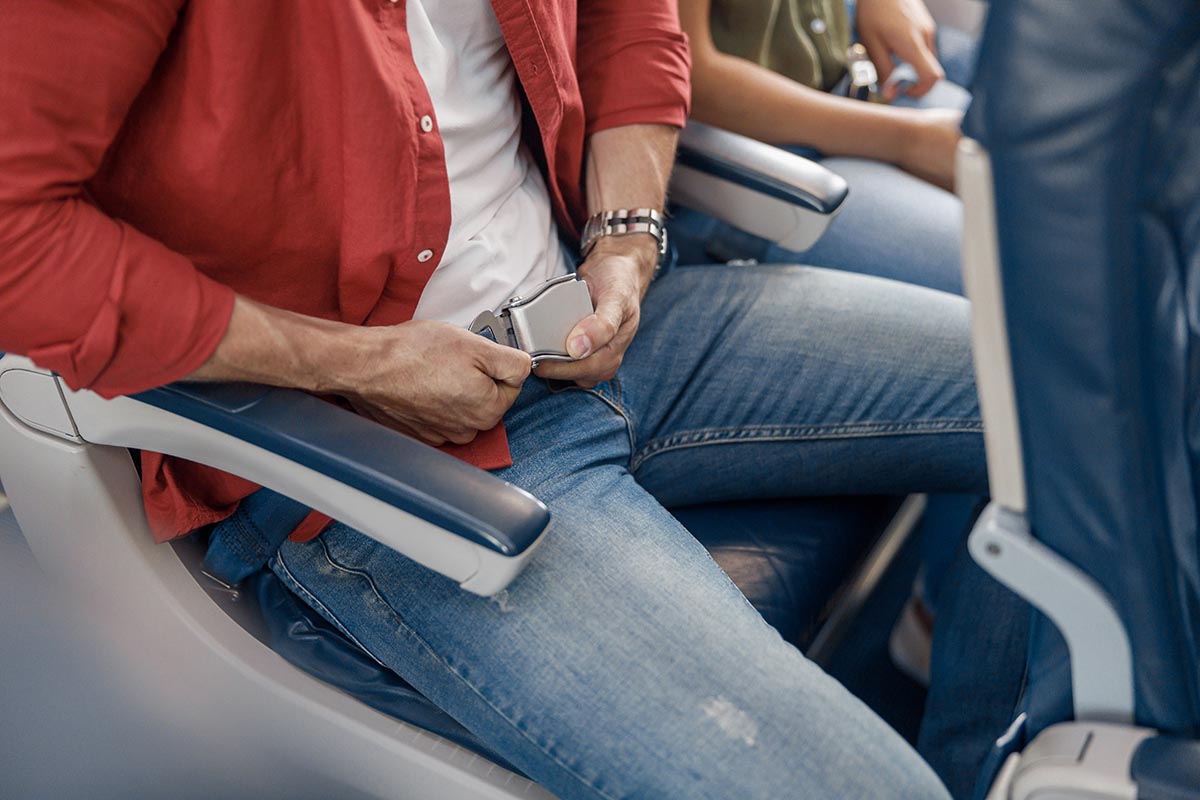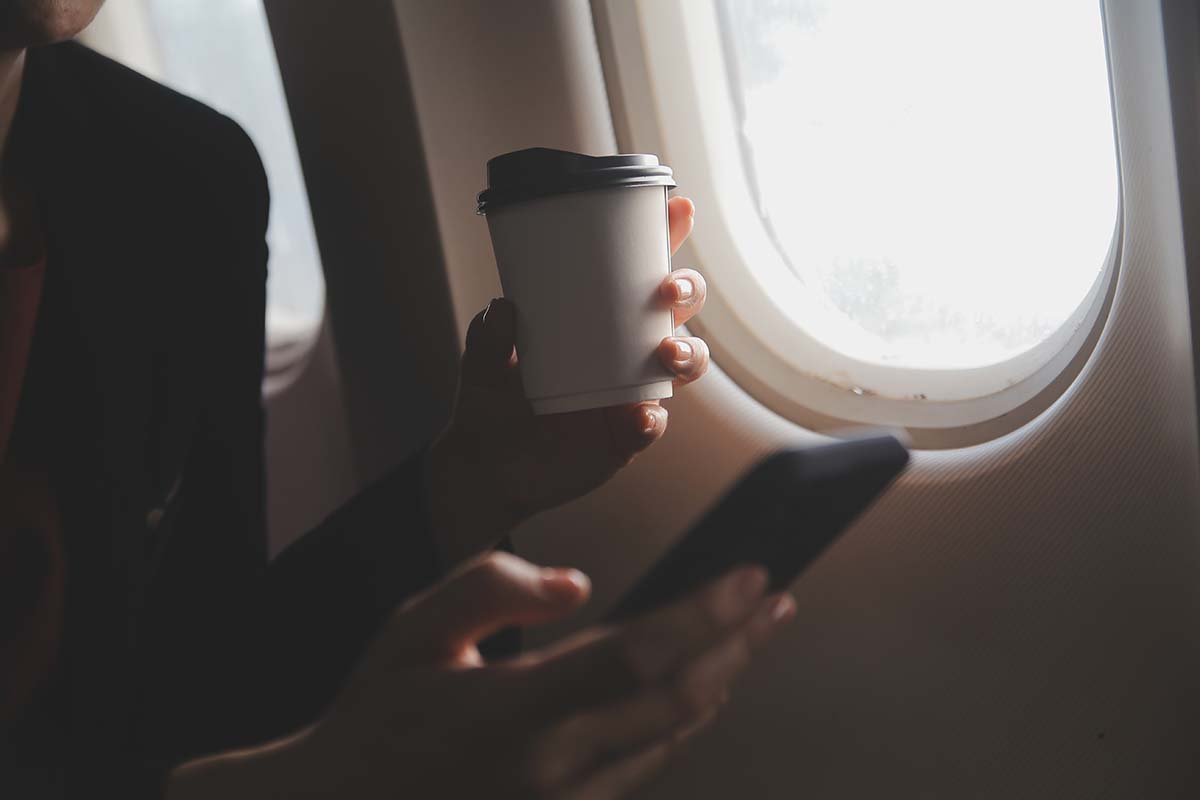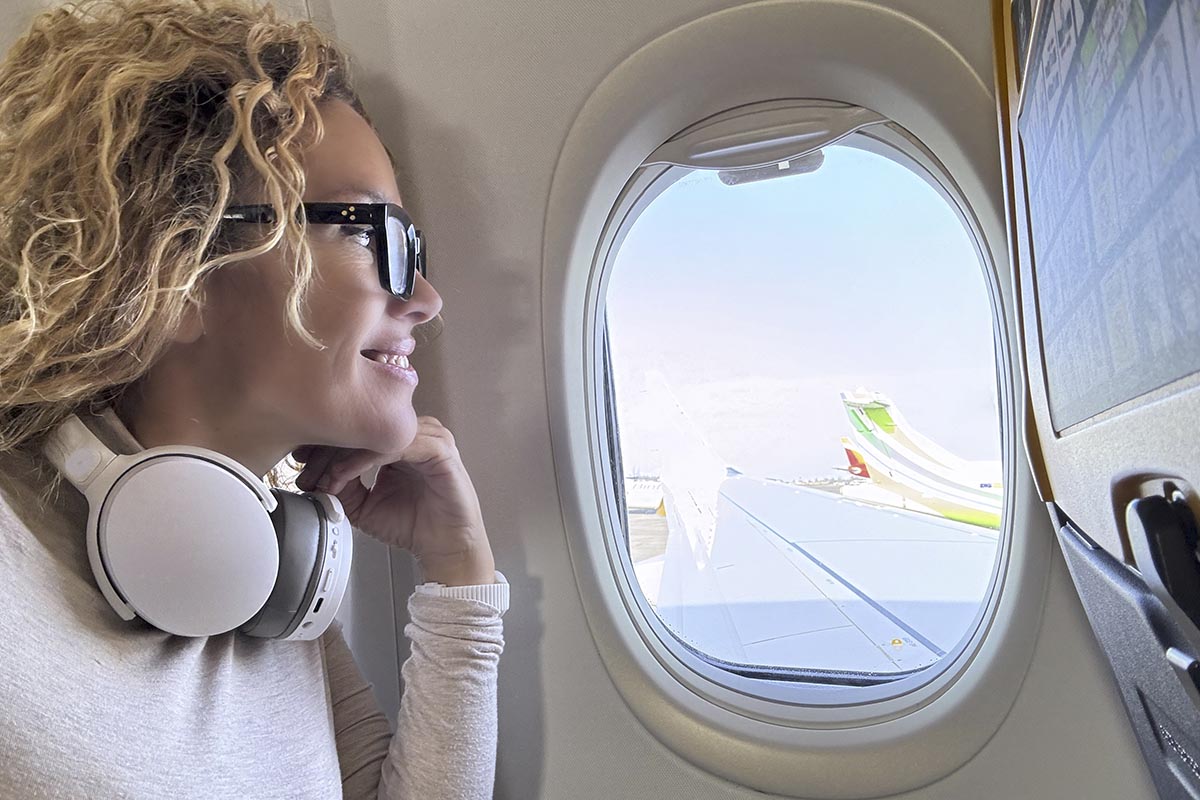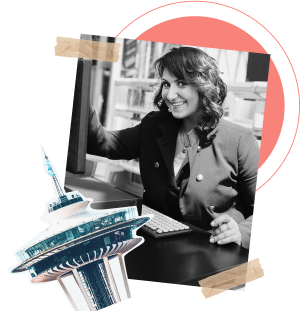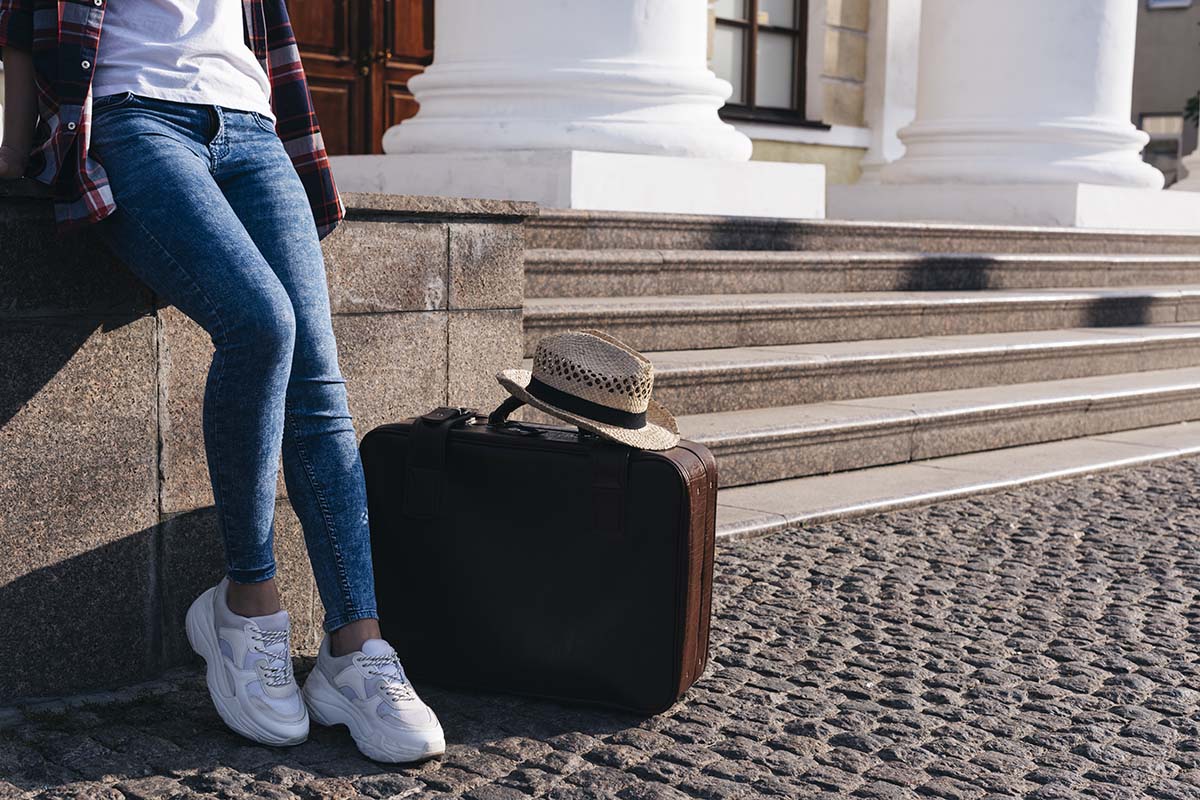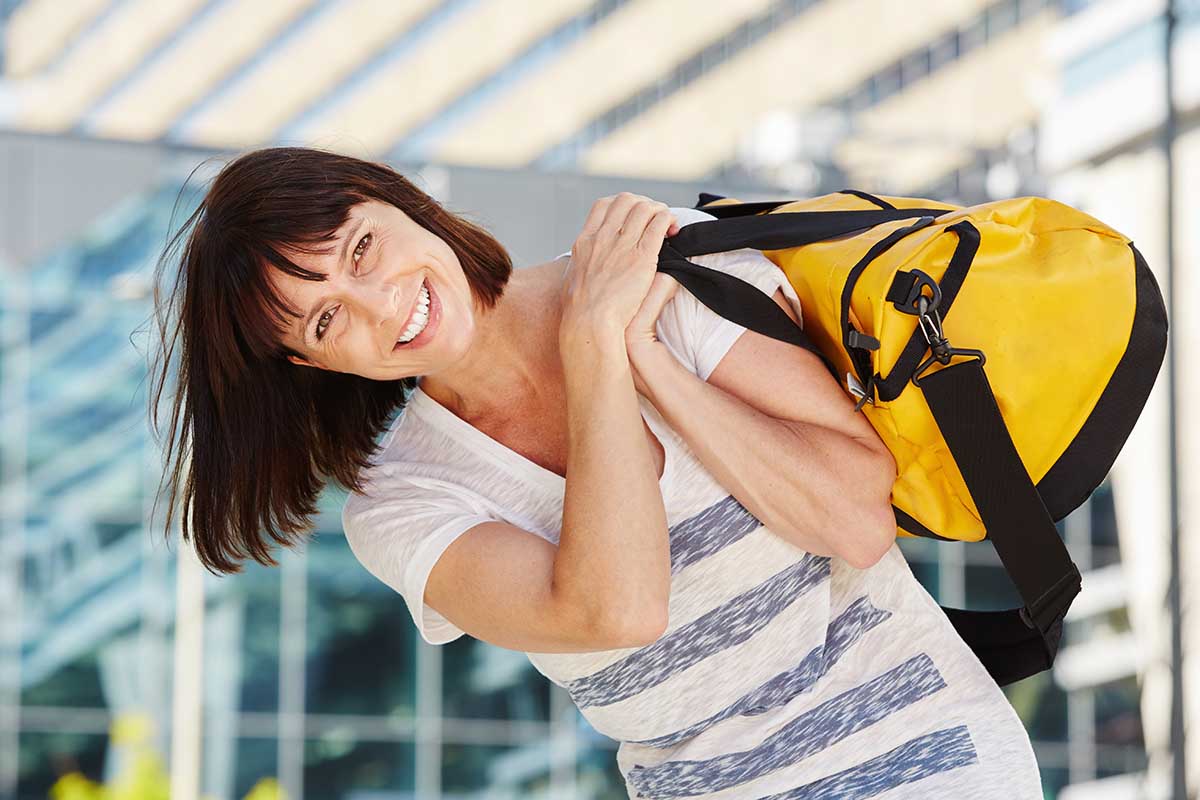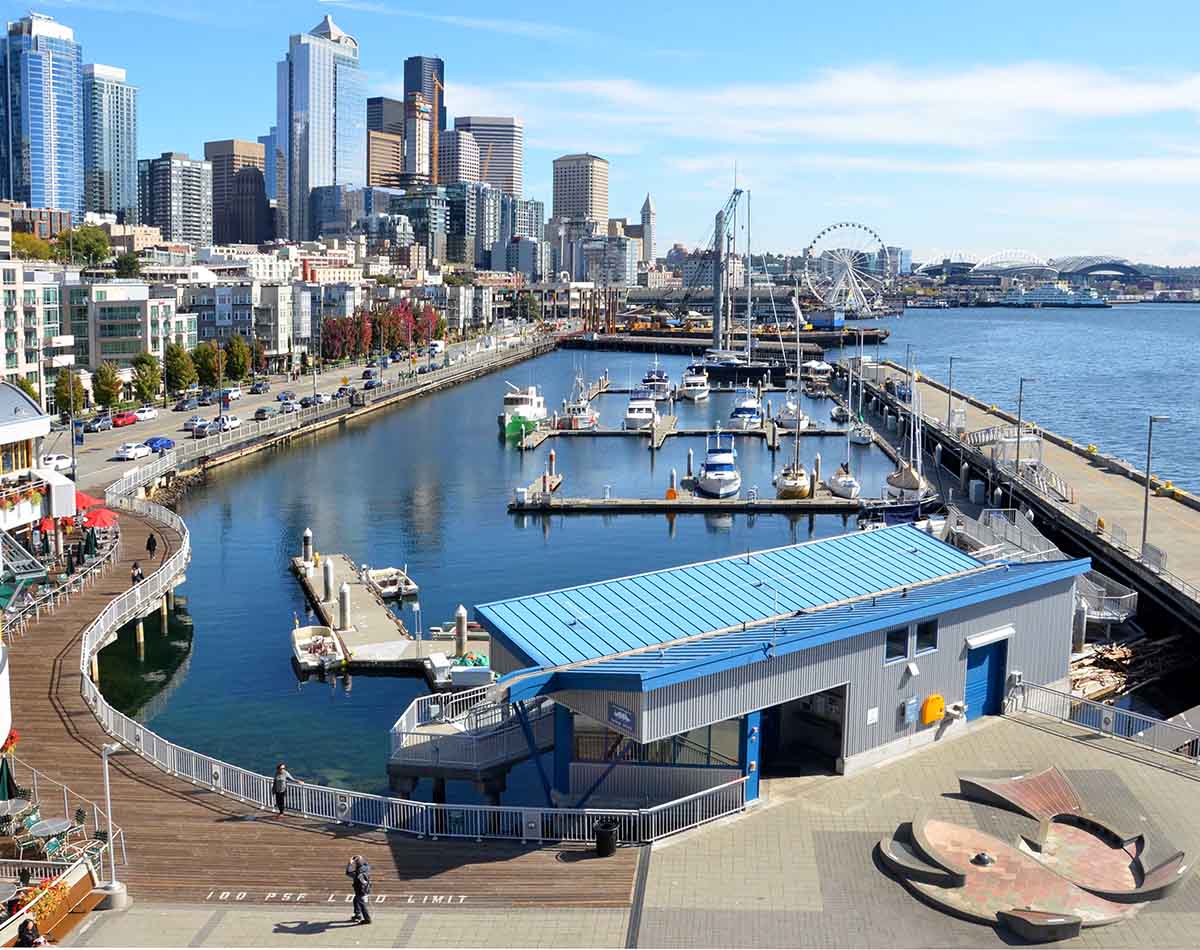Key Points
- Choose flights based on how you travel best;
- Pick the right seat for your comfort;
- Prep for cravings before they hit;
- Pack a carry-on with comfort and efficiency in mind;
- Bring your own water, snacks, and entertainment.
Flying doesn’t have to be uncomfortable or chaotic. But for a lot of people, air travel still feels like a chore.
Cramped seats, dry air, constant delays, and no control over your comfort can leave you dreading the journey.
Meanwhile, there’s always that one person nearby who seems completely unbothered.
They’ve got snacks, the right gear, and somehow manage to sleep through turbulence.
That’s not luck. That’s strategy.
Frequent flyers build their entire experience around smart habits.
And while they may look like seasoned travel pros, the truth is they just know what to pack, how to prep, and how to stay ahead of discomfort.
You don’t have to travel constantly to learn their moves.
Here are the frequent flyer tips experienced travelers use to make flying smoother, easier, and actually enjoyable.
They Book Smarter, Not Just Cheaper
The right flight depends on how you like to travel.
If you find long flights uncomfortable, it might be better to break up the trip with a well-timed layover.
If you want to save time and reduce stress, go for a direct flight even if it costs a little more.
Experienced flyers book with purpose, not just price in mind.
Choosing the right itinerary for your body and schedule can change the whole travel experience.
They Choose Their Seat Like It’s a Strategy
Seat selection is more than a preference. It can completely change your flight experience.
Some frequent flyer tips include choosing a window seat to sleep or avoid disruption, while others swear by the aisle for more freedom to move around.
One of the best-kept secrets?
Choosing a row near the emergency exits.
These seats often have noticeably more legroom than standard rows, without the cost of an upgrade.
Just be sure you’re eligible to sit there as some airlines have age or mobility requirements.
Even a few extra inches can make a long flight much more bearable, especially if you plan to stretch or work from your seat.
They Pack a Personalized Comfort Kit
Frequent flyers don’t rely on the airline to keep them comfortable.
They bring their own setup: a soft neck pillow, noise-canceling headphones, medicine, hand sanitizer, and a quality eye mask.
Some travelers even create a small “flight pouch” they keep ready between trips.
It’s packed with comfort essentials so they’re never scrambling the night before takeoff.
One smart addition? An empty, reusable water bottle.
You can’t bring liquids through security, but you can fill up at a water fountain or Starbucks once you’re in the terminal.
This saves money, avoids dehydration, and keeps you feeling your best midair.
They Plan Ahead for Their Cravings
For those who smoke or vape, a long flight can feel even longer when nicotine cravings kick in.
Frequent flyers plan ahead with alternatives that work in the air, so they can stay comfortable without breaking the rules or stressing at the last minute.
Zyn Nicotine pouches are one of the smartest options.
Low-strength products like Zyn 1.5mg Spearmint Minis are a great fit for travelers who want something subtle and manageable.
They’re discreet and don’t require planning a smoke break at the gate.
Having something ready helps travelers stay focused on the trip itself, instead of worrying about cravings mid-flight.
They Time Their Sleep to Their Destination
Frequent flyers think in terms of where they’re landing, not where they’re leaving.
This mindset helps them avoid brutal jet lag, especially on overnight or international flights.
If the destination time zone suggests it’s night while flying, they’ll try to sleep on the plane. If it’s daytime, they’ll stay awake.
To make that possible, they use melatonin, eye masks, or ambient sound apps to block distractions and help the body adjust.
They Never Rely on Airline Entertainment
The in-flight entertainment system is unreliable at best. Pros know this and pre-load everything they want to watch, listen to, or read before getting to the gate.
That means downloading shows, podcasts, playlists, and audiobooks ahead of time.
They Bring Their Own Snacks
Airline snacks are tiny and inconsistent.
Experienced travelers pack a mix of protein bars, trail mix, jerky, or even fresh fruit depending on flight length.
Having your own snacks not only saves money but helps maintain energy levels and avoid the post-flight crash that can come with sugary or carb-heavy airline meals.
They Keep Their Bag Light and Organized
You don’t have to be minimalist, but smart packing makes a huge difference.
Frequent flyers often use packing cubes or compartmentalized bags to keep everything neat.
The key is to keep all in-flight essentials easily accessible — snacks, headphones, chargers, gum, and of course, any items you use to manage cravings. No digging around during turbulence.
Conclusion: Fly Like You’ve Done It Before
Flying doesn’t have to be a mess of sore backs, dry mouths, and travel regret.
Most of what makes travel feel smooth comes down to preparation and a few smart habits.
Start with just a few of these strategies and your next flight will already feel different.
Whether it’s choosing a better seat, packing snacks, or having a plan for comfort and cravings, you’ll step off the plane feeling relaxed and fully in control of your travel day.

